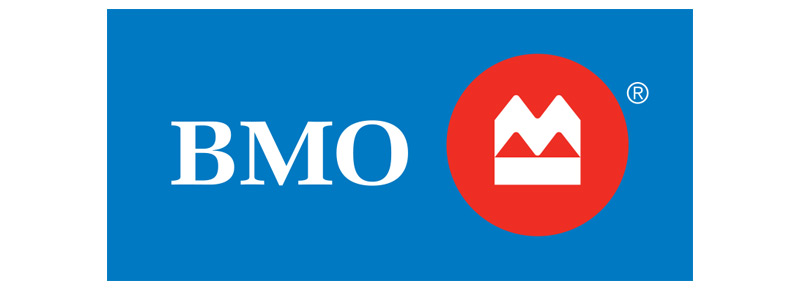If you are looking to buy Canadian, this page provides information on how to identify Canadian products.
The government has created rules for two phrases that you might find on a product label.
Either of these phrases: ‘Product of Canada’ and ‘Made in Canada,’ can be used to describe products that originate in Canada
however, they do not mean the same thing.
- “Product of Canada” means that at least 98% of the production or manufacturing costs are incurred in Canada and that all or virtually all major ingredients are Canadian.
- “Made in Canada” means at least 51% of the production or manufacturing costs are incurred in Canada. Product labels with this term must include a statement with additional information about the product’s origin and content such as “Made in Canada with imported ingredients.
If a product does not meet these definitions, its label cannot use the terms “Product of Canada” or “Made in Canada.”
Some products may use graphics like a moose, Canadian-sounding names, or terms like “produced in” or “manufactured in” Canada, but these terms and images are not defined in the law, so these terms don’t indicate how much of the product is Canadian.
Using maple syrup as an example, here is how the label rules apply:
- If the sap is collected, processed, and bottled here, and 98% or more of its ingredients are Canadian, then “Product of Canada” label can be used.
- If the sap is imported but at least 51% of the production work (like processing and bottling) happens in Canada, then the label could say ‘Made in Canada with imported sap’.
- Understand the label. ‘Product of Canada’ has at least 98% of production costs incurred in Canada, with all or virtually all major ingredients being Canadian. ‘Made in Canada has at least 51% of production costs incurred in Canada, may include imported ingredients. Other terms that you might see on a label are not defined by law, so read them carefully.
- Look for country of origin. Check the product’s label for its country of origin.
- Read packaging and disclosures. Many companies include details about ingredient sources on their packaging or websites. Look for information about where the ingredients come from and where the manufacturing occurred.
- Ask questions. If something is unclear, use customer service channels (email, websites, social media) to ask about a product’s origin.
- Use technology. Apps and websites might help you identify Canadian-made products.




